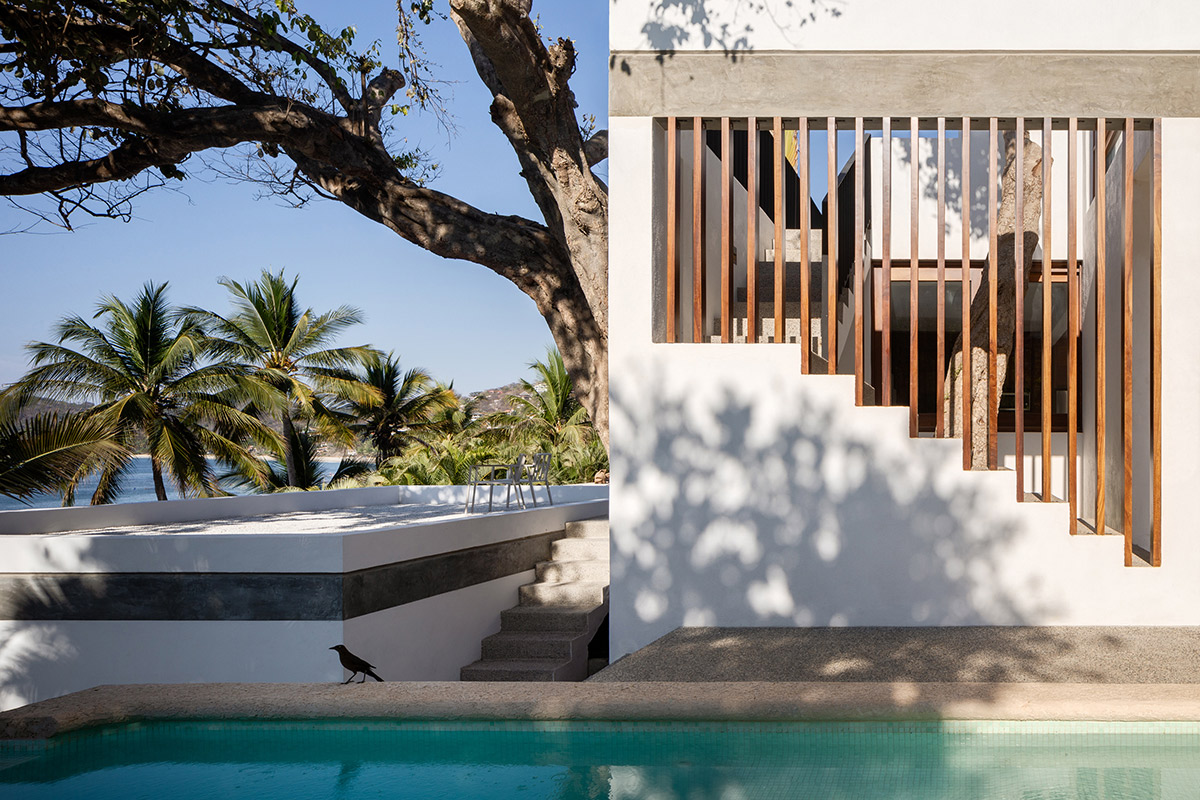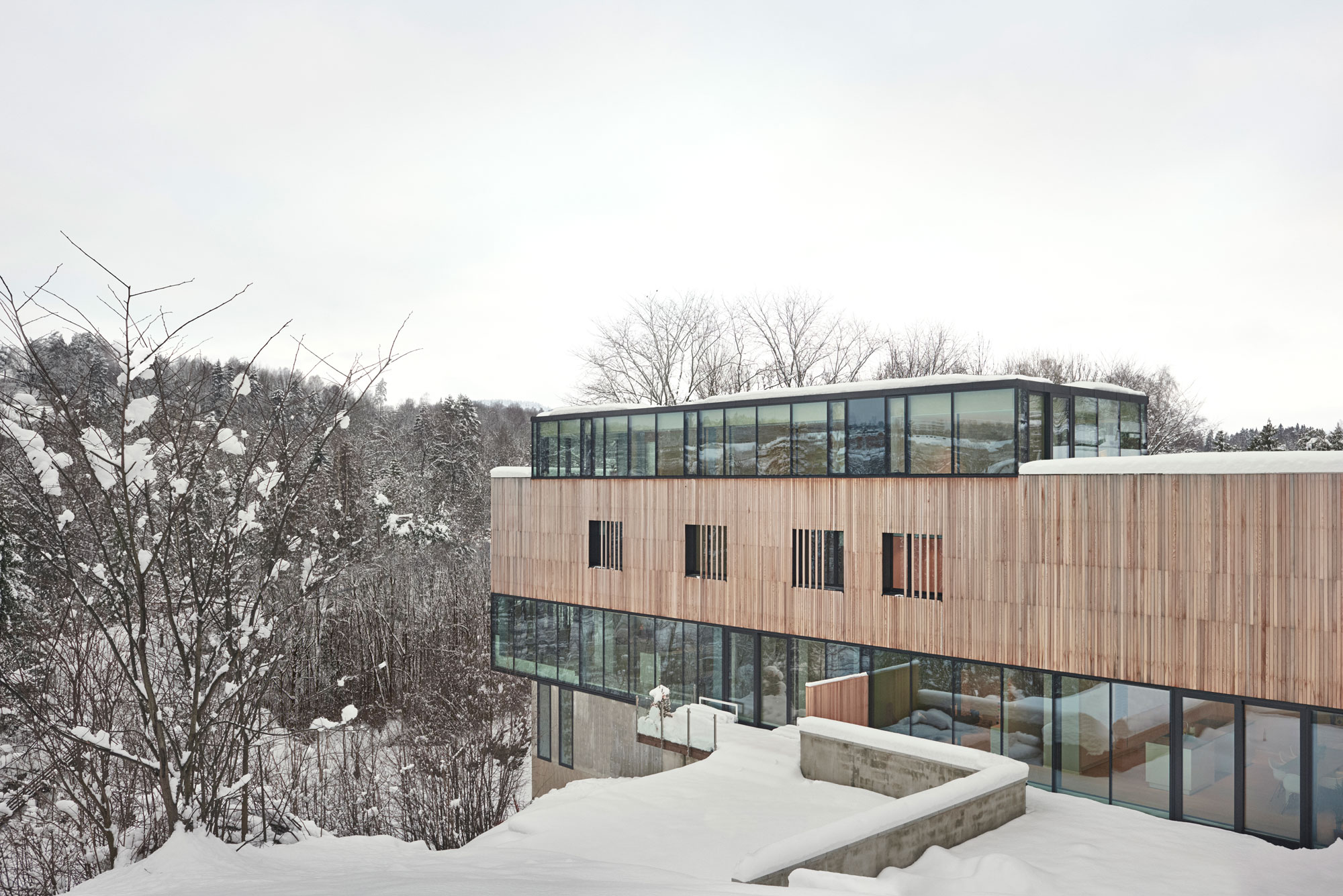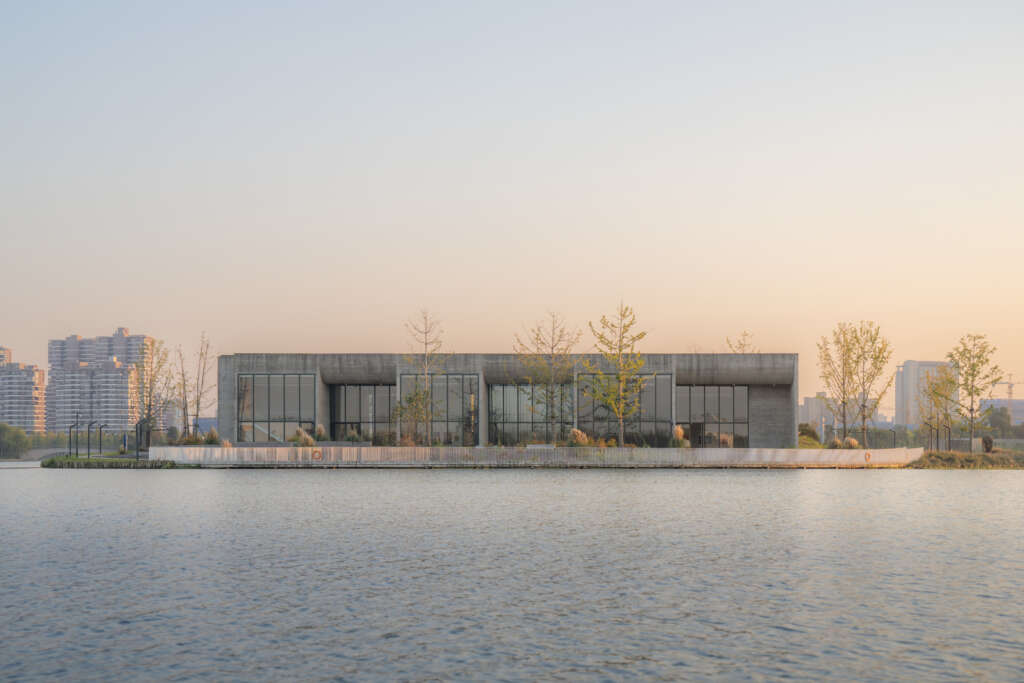
Ginkgo Gallery
Architect: MORE Architecture
Location: Jiaxing, China
Type: Museum
Year: 2024
Photographs: Kris Provoost
Ginkgo Gallery by MORE Architecture is an innovative new museum on a ginkgo tree-covered island, in Jiaxing, China. Inspired by the DNA of local villages, the museum invites visitors to wander through and discover the different sections as if they were exploring a small town. It is therefore set up as a blend of two traditional museum typologies – the guided museum meets the free plan museum, creating a floorplan with ‘fluid spaces’.
The orientation towards, and connection with the surrounding water and landscape generate a deep relationship between culture and art. The museum has a modest appearance, emphasized by its materiality: in-situ cast concrete.
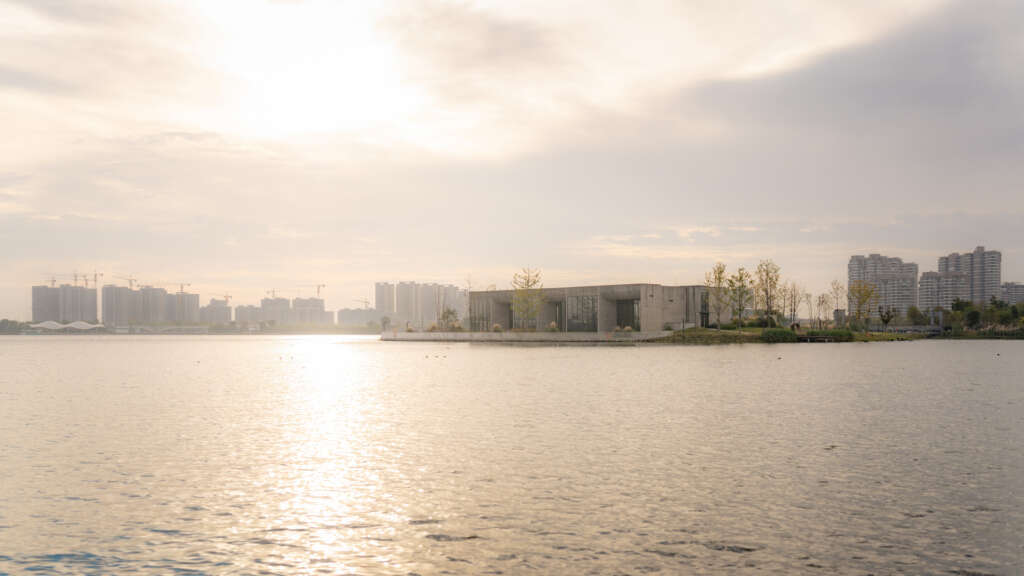
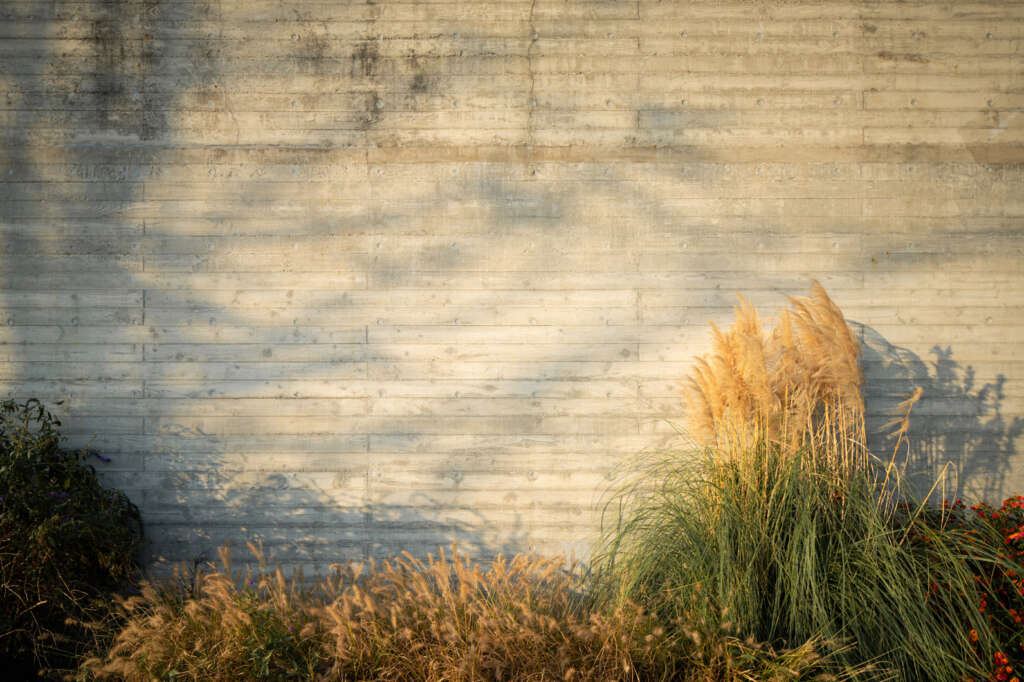
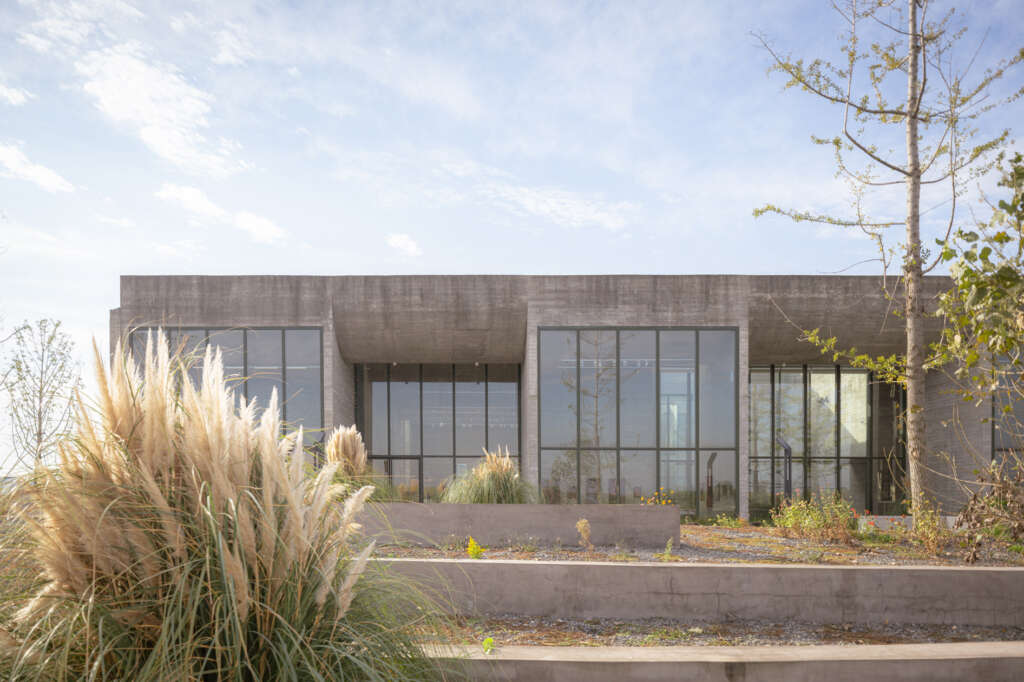
Museum Boom
The following description is courtesy of the designers. Over the past decade, China has been undergoing a ‘museum boom’ in which not only an enormous number of iconic museums were built, but also the scale of the typical museum increased massively.
Ginkgo Gallery is the antidote to said phenomenon: a humble, intricate museum where art and nature merge into one immersive experience.
The client aimed to make art a part of public life, and particularly educate children in the field of contemporary art. To this end, the museum also houses an auditorium, a reading room and a workshop space. For this commission, MORE Architecture developed the bill of requirements in-house, based on extensive academic research of contemporary Chinese museums.
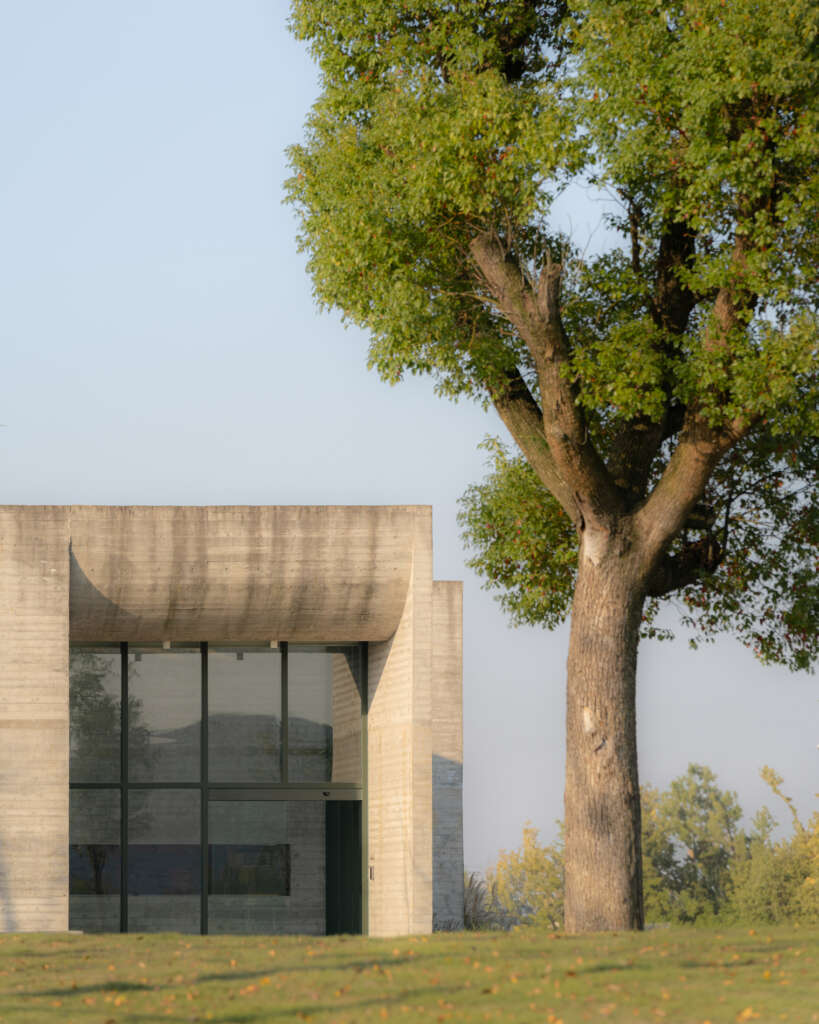
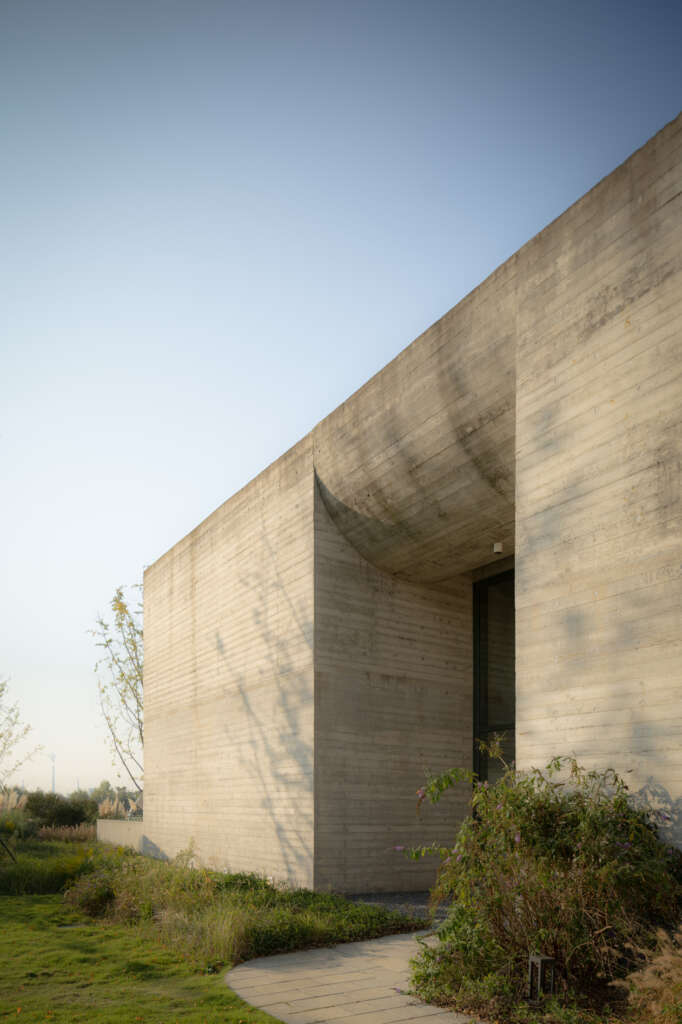
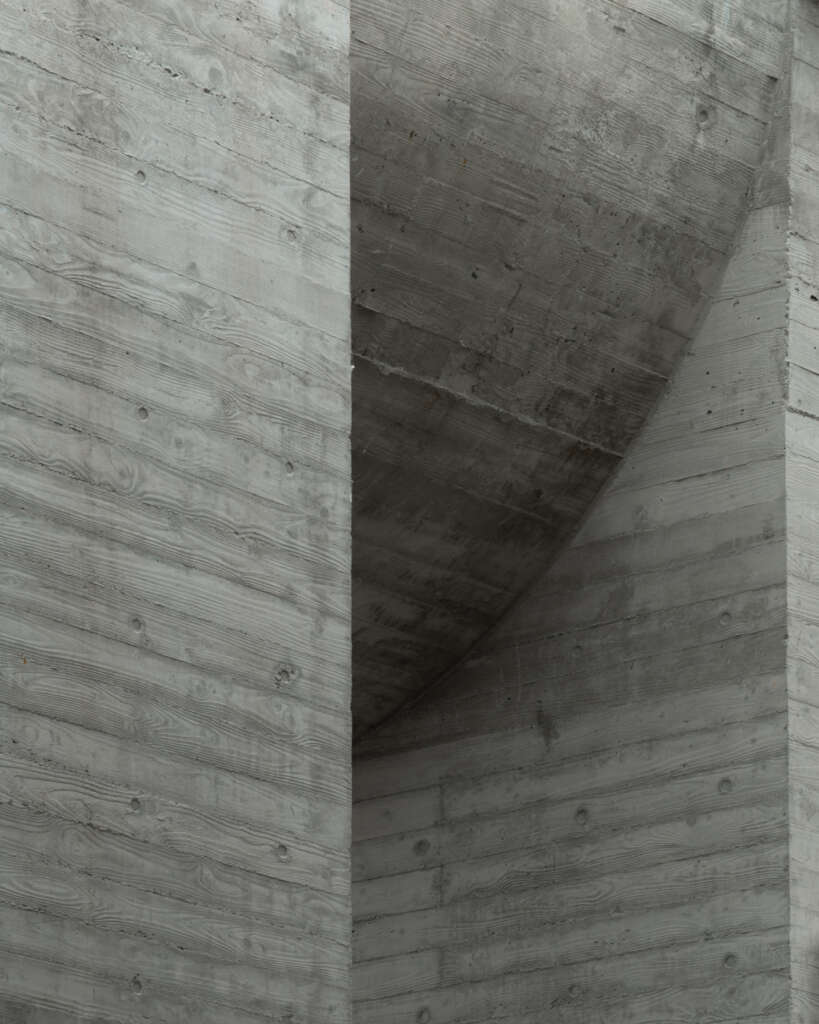
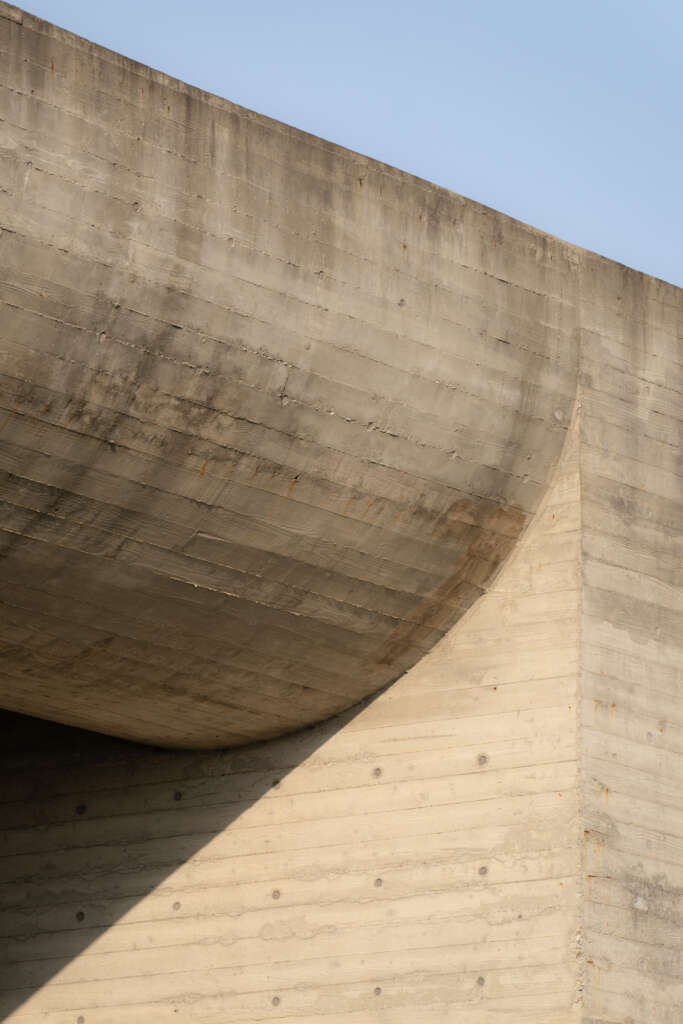
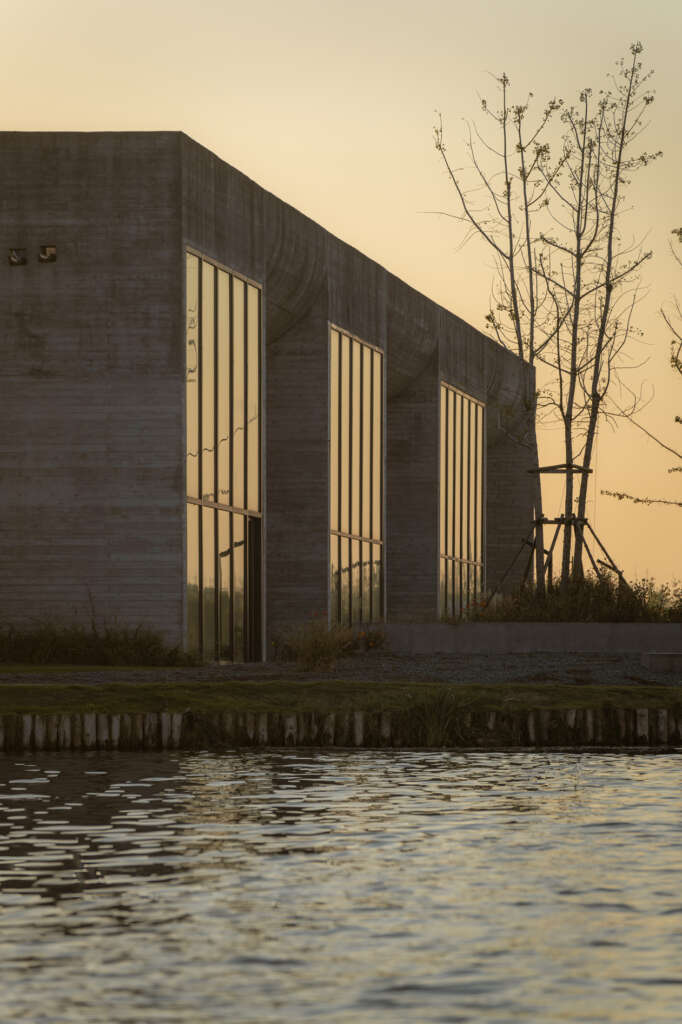
Spatial experience, small scale
On a typological level, the architects wanted to create an innovative museum experience.
Inspired by its rural context, MORE Architecture conceived the museum as a ‘village’ which allows for exploring. The DNA of the typical Zhejiang village – with its small scale and sophisticated network of spaces that differ in size – is the true inspiration for this museum.
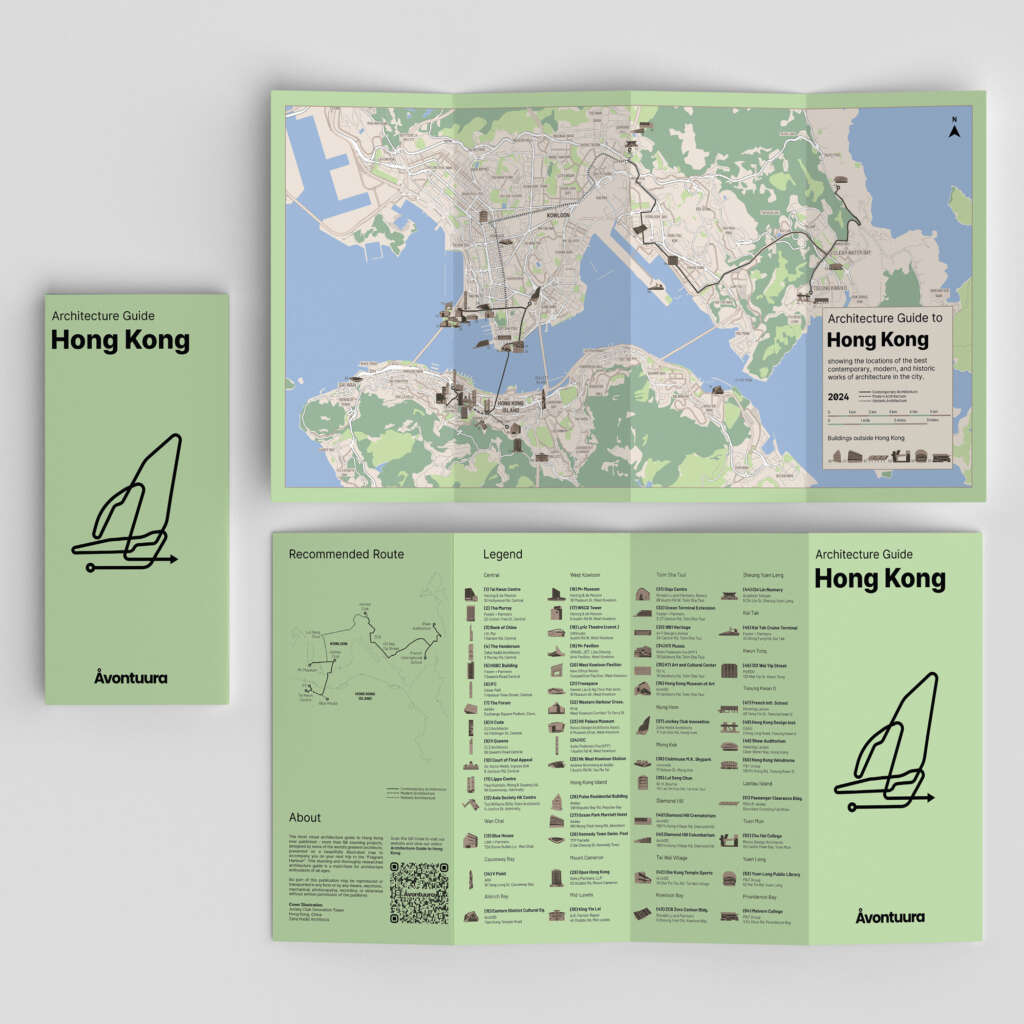
Architecture Guide to Hong Kong
Explore all our guides at avontuura.com/shop
By merging two traditional museum typologies – the conventional ‘guided’ routing and the ‘free flow’ plan – into one museum, the architects created a building with ‘fluid spaces’, where visitors can explore and choose their own route – Schinkels Altes Museum meets Mies’ Neue National Gallery!
This merger creates a building with museum halls which are connected yet differentiate themselves in an subtle way. It creates opportunities for the curators to tell stories in various ways – by connecting or disconnecting the exhibition halls. But more importantly, it allows for visitors to explore…
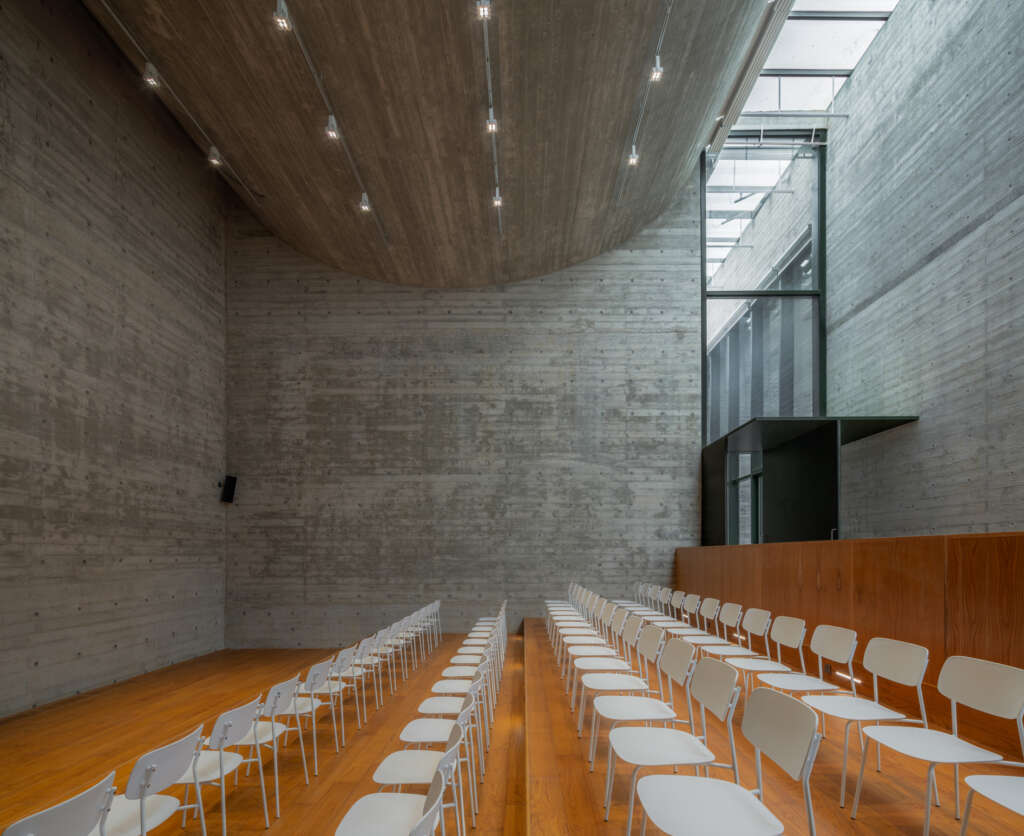
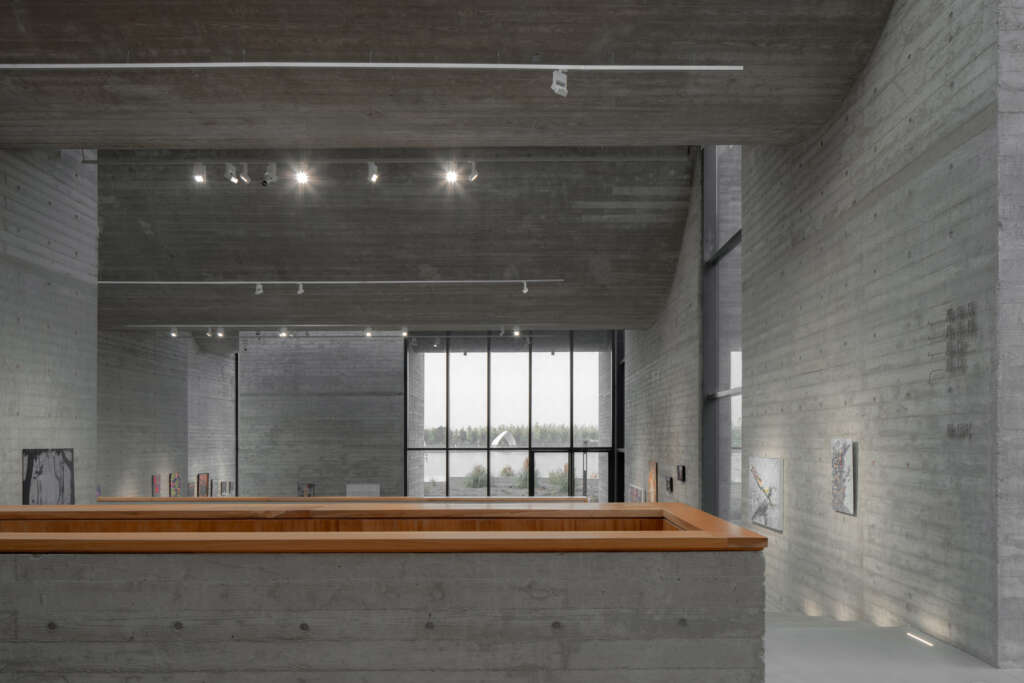
Modest materiality
Early in the design process of Ginkgo Gallery, it became clear that a modest museum design also required a modest use of materials. So, the architects decided to focus on the spatial quality of the museum, and limit the number of materials, and therefore transport movements, construction waste, packaging etc.
MORE Architecture used one material for the whole building: in-situ cast concrete. The structure of the museum is built up from solid concrete walls, carrying the curved concrete slabs which span up to 17 meters.
The cast was made of scaffolding and rough wooden planks, which were placed horizontally – the pattern being decided by the construction workers. Even the curved slabs were cast with this low-tech method. The cast of the wooden planks creates rhythm and texture in the facades, walls and ceilings of the building. The ‘rough’ concrete is combined with smooth green aluminium mullions, and warm beech details and furniture in the interior.
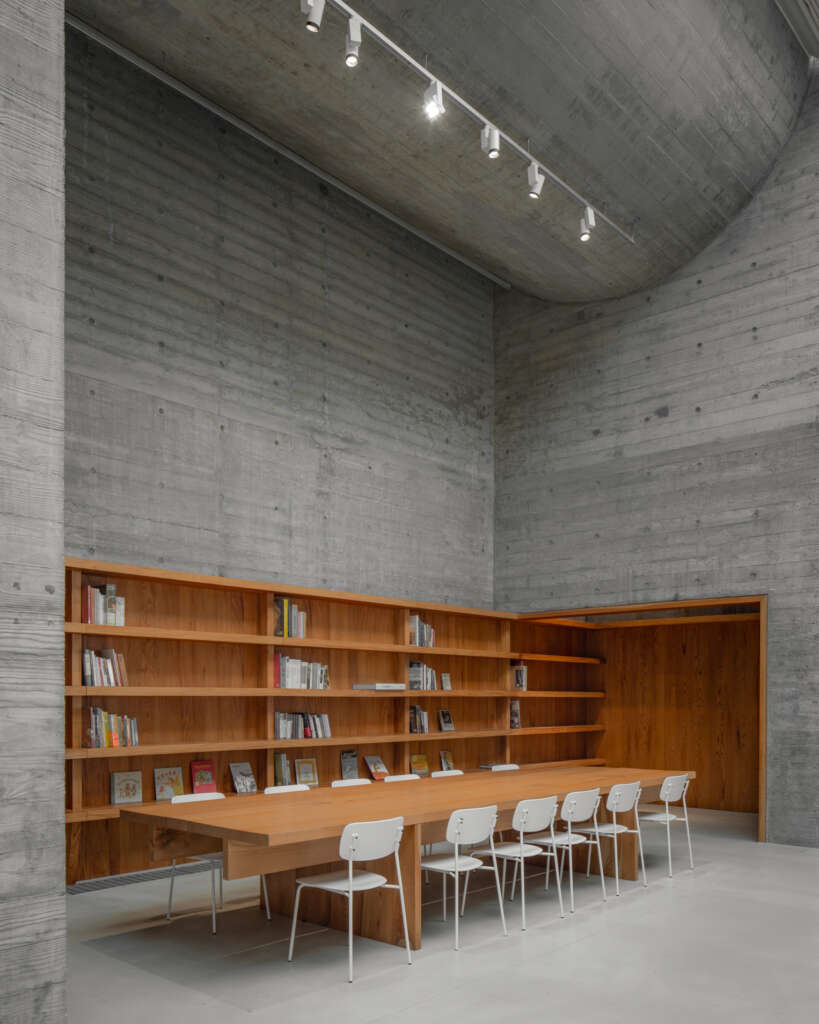
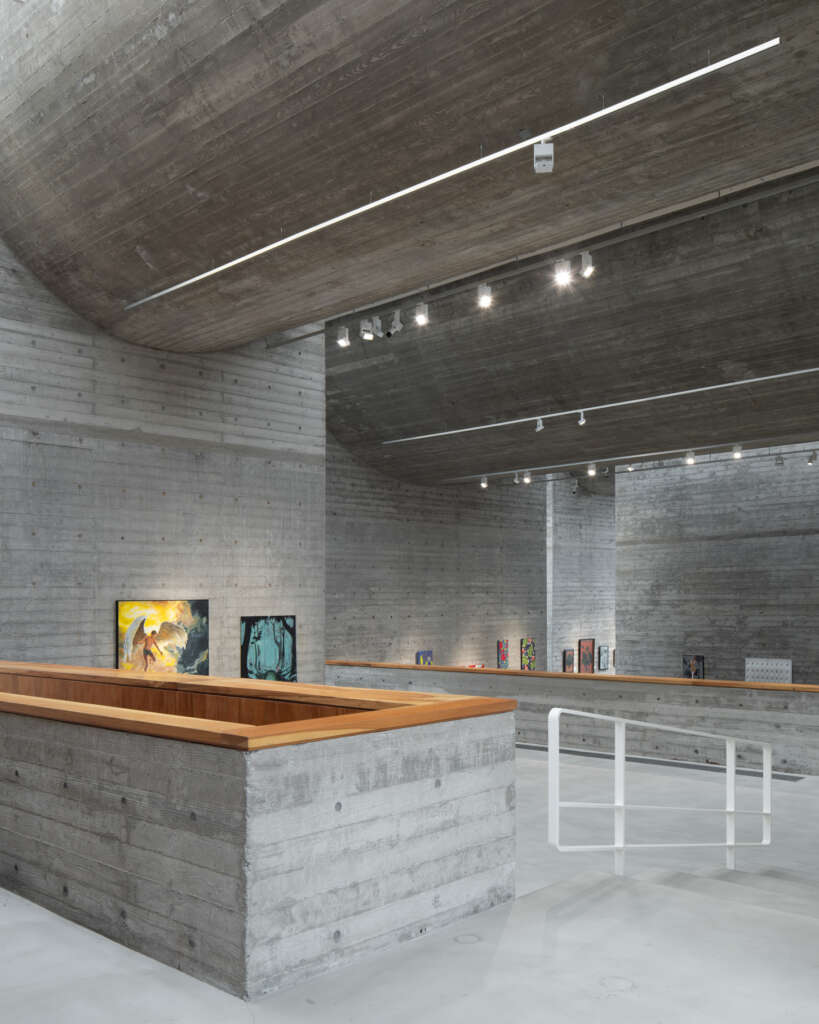
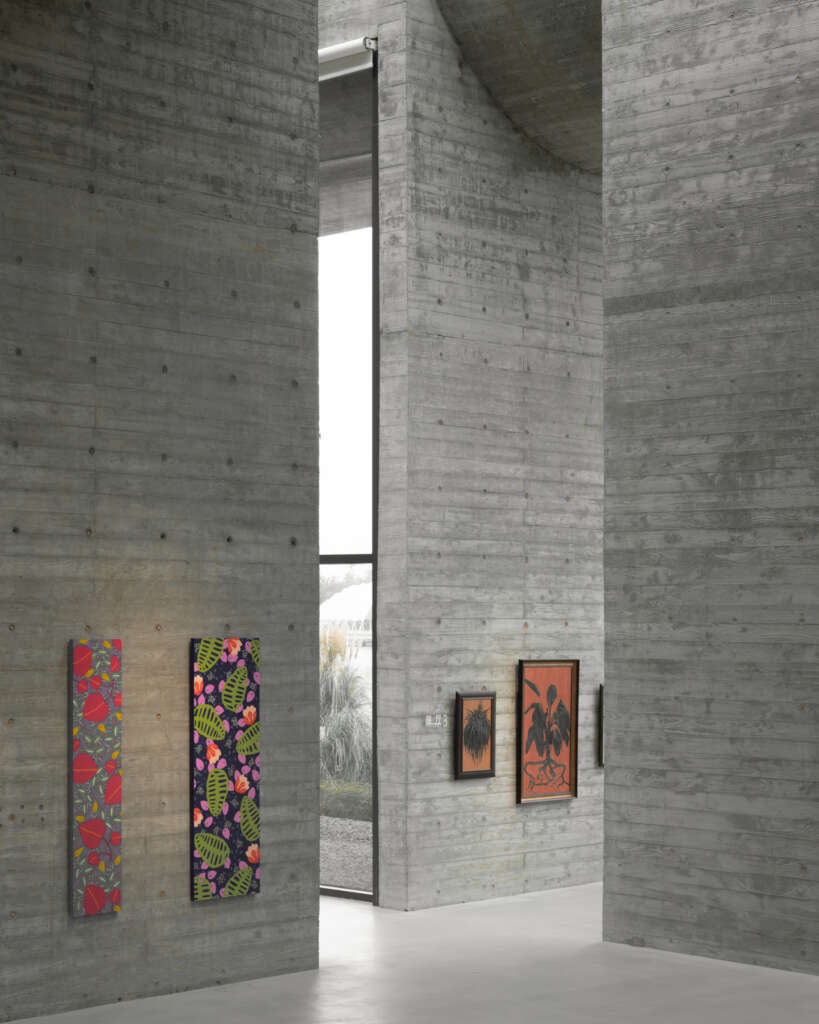
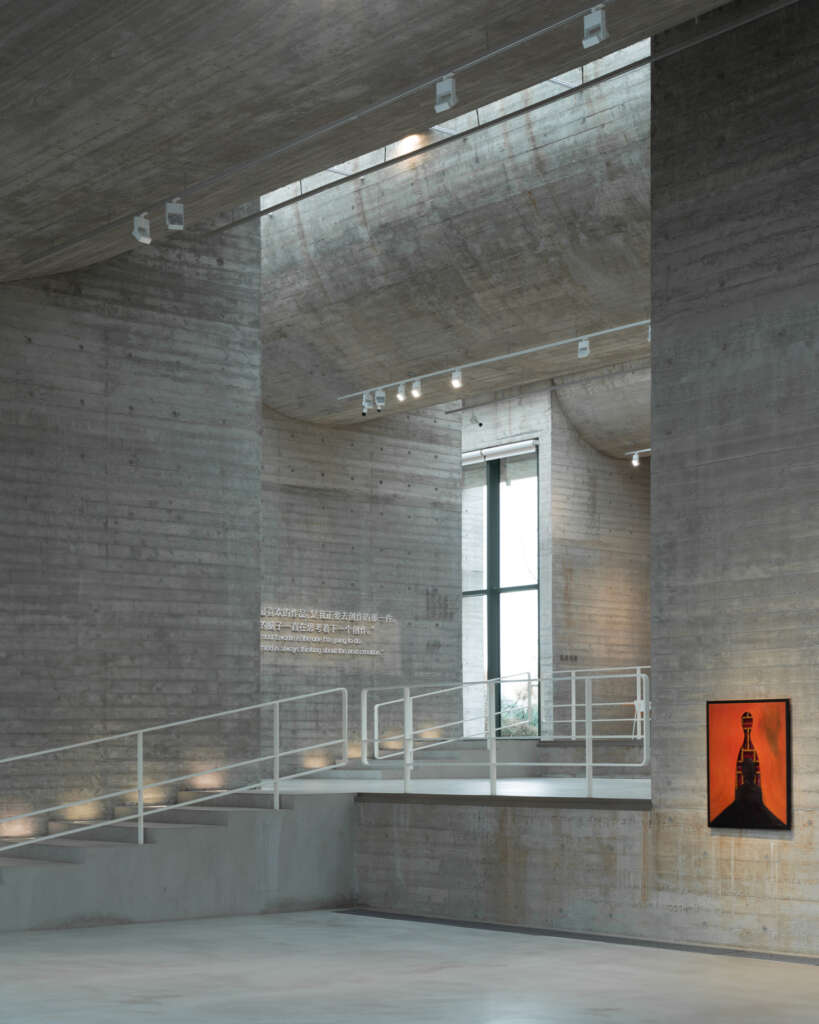
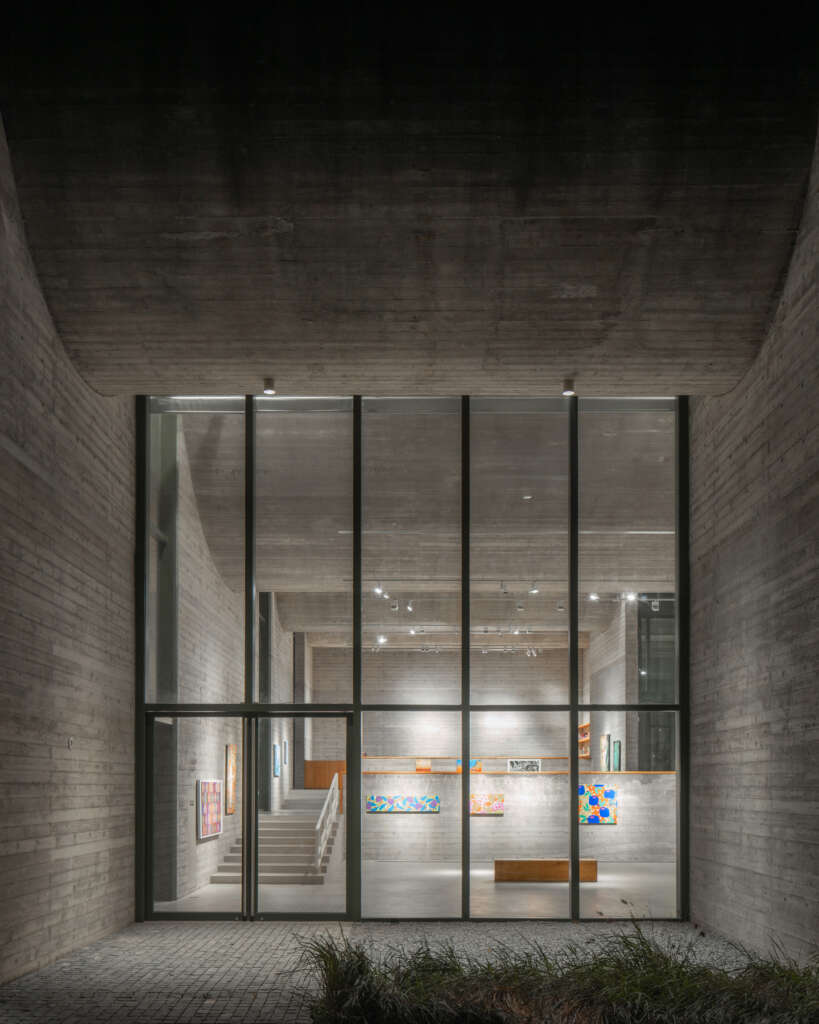
Inside and outside
The architects made the building rather closed on its southern façade and opened it up on the northside, to create indirect natural light. The exhibition halls increase in both size and height from the south towards the north. They are connected by ‘streets’ which run east-west that bring in the natural light. Curved roofs filter the incoming daylight.
Moreover, the architects want the visitors of the building to experience a soft transition between building and landscape, between inside and outside.
The interaction with the landscape is critical in the design and experience of this museum: being situated on an island, approaching the museum is an experience in itself.
Once across, this experience continues as the exhibition starts in a statue garden, since the island can be used for outdoor exhibitions as well. A series of curvy pathways invite visitors to explore the island. A bridge which curves outside the perimeter of the island onto the lake allows the sightseers to ‘walk on water’.
Inside, the museum opens towards the landscape and the lake, letting visitors constantly balance between art and nature.
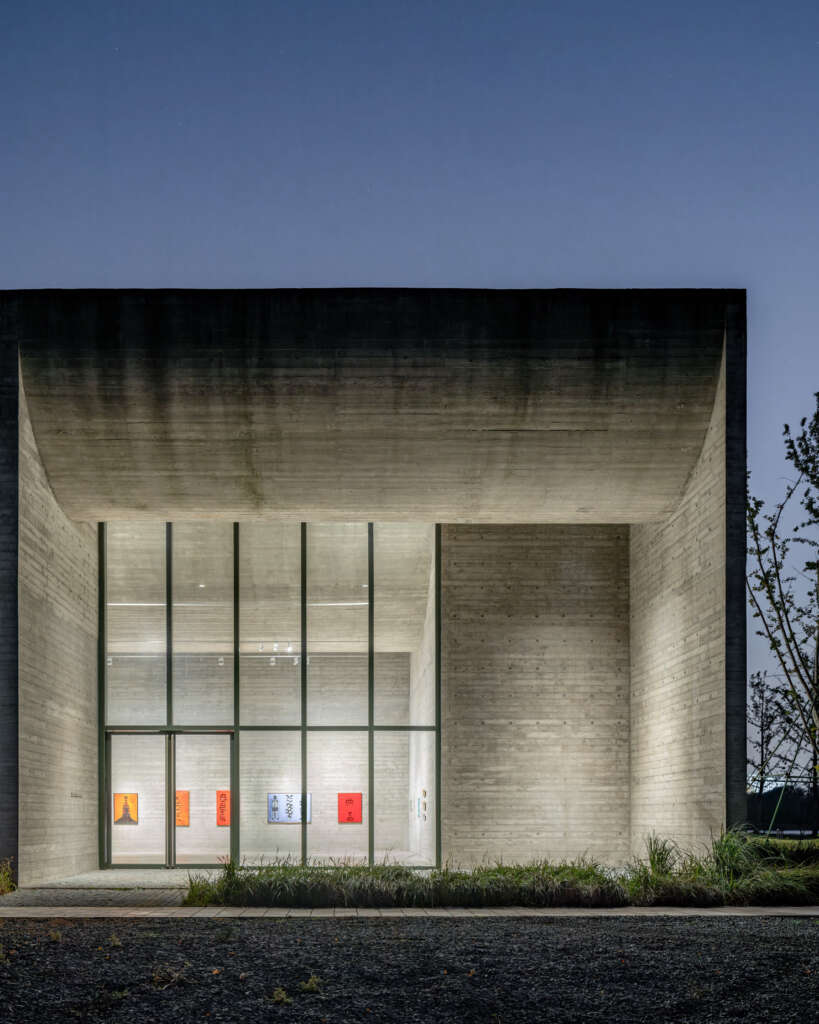
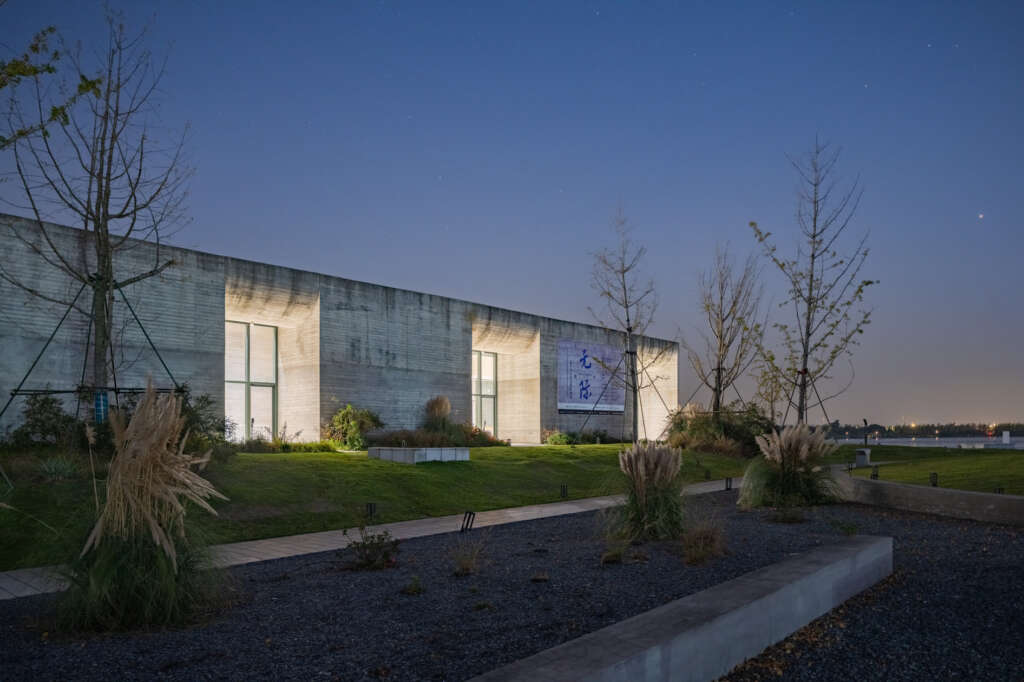
Project Details
- Design: MORE Architecture
- Design Lead: Daan Roggeveen
- Team: Robert Chen, Lina Peng, Pedro Martins, Emilio Wang, Mengyao Han, Anna Clement, Mae Szeto, Jeffrey Kuo
- Client: Di Yuan Art Gallery
- Structure / MEP / HVAC: 9LEON, Jiaxing
- Contractor: Zhejiang Zhongcheng Construction Engineering Group
- Façade: Shanghai Meite curtain wall Co Ltd
- Surface area: 2,500 m²
- Design: 2018 – 2020
- Realization: 2021 – 2023
- Photography: Kris Provoost

